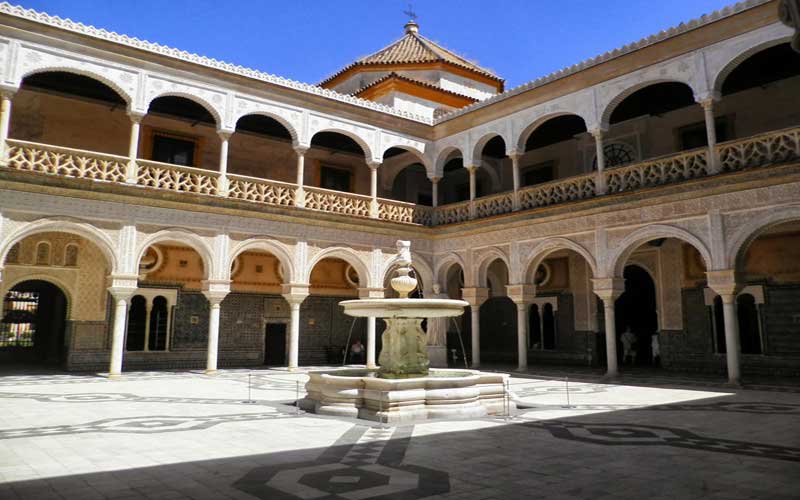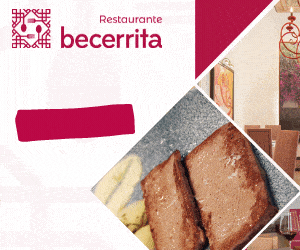- Ice skating rinks in Seville this Christmas
- Christmas Mapping ‘Navigalia’ in the river of Seville. Dates, passes and prices 2024
- Christmas lighting in Seville. Lights on. Christmas lights
- Itinerary, Tour schedule and the Cavalcade of the Magi from Sevilla 2025
- Christmas Menus in Seville
- Belen of Sanlúcar la Mayor. Christmas in Sevilla
- The Cirque del Sol returns to Seville with 'Alegría'. 2024
- List of Booths April Fair
- April Fair in Seville 2024. From 14 to the 20 April
- Valentine menu Sevilla | Valentine dinner Sevilla | Valentine Romantic Dinner
House of Pilate
Street address: Plaza de Pilatos, s/n
Tlfno: 954 225 298
Web Casa Pilatos
Visiting hours: From Mondays to Sundays.
- Winter (November to March): of 9 a 18 hours.
- Summer (April to October): of 9 a 19 hours.
Price: full house: 10€ floor only: 8€
The Casa de Pilatos is one of the examples of the Sevillian domestic architecture of the XVI century. Its construction was initiated by desire of D. Pedro Enriquez, Advanced Greater of Andalusia, and his wife, Catalina de Ribera, although most of the building is erected by D. Fadrique, First Marquis of Tarifa, their son, on his return from a trip to Jerusalem.
The presence of D. Fadrique in Jerusalem gave rise to the legend that the Sevillian palace was a copy of Pontius Pilate's judgment hall. However there is also the tradition that the name comes from having been given by the door of this house the first station Via Crucis that went to the Cross of the field. When pointed out at that station that Christ was tried at home of Pontius Pilate, Sevillian started calling the building “Casa de Pilatos”.
The cover of the building was held in Genoa by Antonio Maria Aprile in 1.529. Although clearly Renaissance, It is topped by a Gothic cresting apparently brought from the palace that the Bank had in Bornos.
The main patio is Renaissance, with Moorish decor. In the center stands a fountain and two statues at the corners are placed representing the goddess Pallas. They have great interest the twenty-four busts of Roman emperors who along with that of Carlos I and Cicero are distributed by the lower galleries of the courtyard.
They highlight the coffered Praetorian and the Pavilion located in the small garden, as well as baseboards and railings platerescas.
The upper floor is accessed by a grand staircase decorated with tile baseboards and covered with wooden dome, supported by fallopian mozárabes, work of Christopher Sanchez.
On the top floor it is preserved distributed by various rooms datable an important collection of paintings from the sixteenth to the nineteenth, among which stand: Mercy of Sebastiano del Piombo, of 1.539, in the room of the Tower; Goya representing a small drag bull, in the next room to previous; a still life of Giuseppe Recco, Dining; and a table representing the Magdalena, work of the sixteenth century, in the above file room, in which there are three paintings by Lucas Jordan, high quality and beauty.
The room located in the left wing of the tower is covered with a decorated by paintings by Fco roof. Pacheco 1.604, They are representing the apotheosis of Hercules.
Surely you also interested in investigating a little more about:
https://www.andalunet.com/archivo-de-indias/









